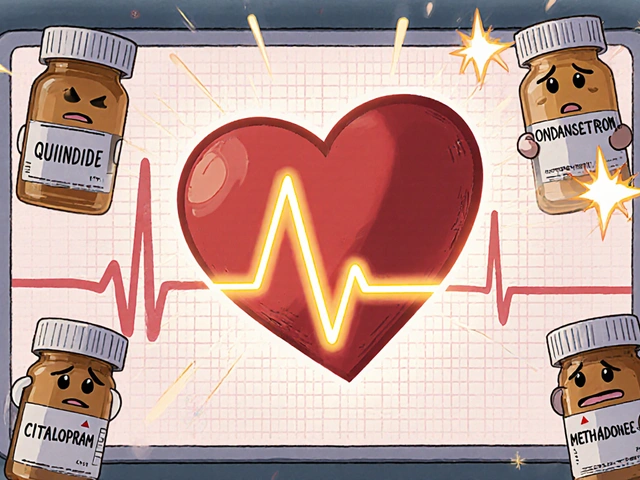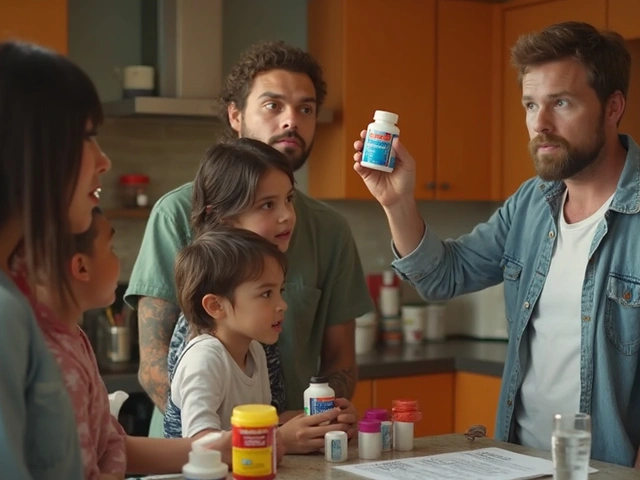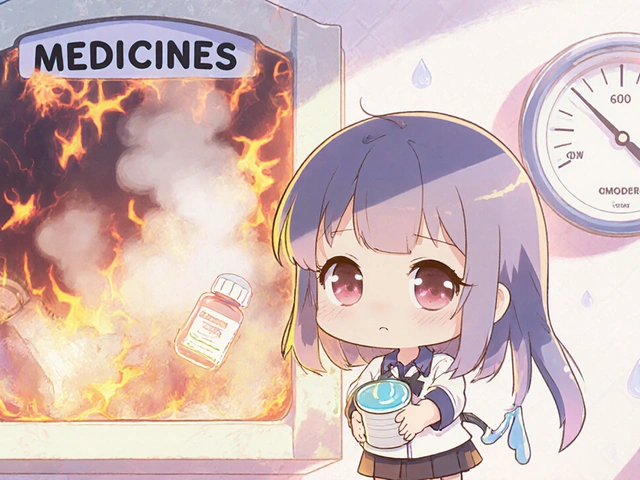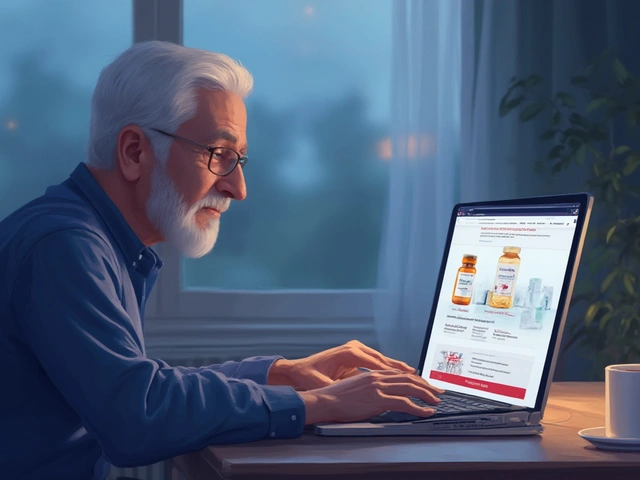Corticosteroid Alternatives: Real Ways to Cut Inflammation Without Steroids
If you’ve been told to taper off prednisone or another steroid, the first question is: what can you use instead? The good news is there are several over‑the‑counter (OTC) drugs, topical options, and even natural supplements that can keep pain and swelling under control. Below we break down the most common choices, when they work best, and what you should watch out for.
OTC Pain Relievers and Anti‑Inflammatories
Ibuprofen (Advil, Motrin) and naproxen (Aleve) are the stars of the non‑steroidal world. They block the same enzymes that steroids target, just not as powerfully. For mild to moderate joint pain, muscle aches, or post‑injury swelling, a standard dose—200‑400 mg of ibuprofen every 4‑6 hours—often does the trick. Naproxen lasts longer, so a 220 mg dose every 8‑12 hours can reduce the number of pills you take.
Acetaminophen (Tylenol) isn’t an anti‑inflammatory, but it’s useful for pain when your stomach can’t tolerate NSAIDs. Keep the total daily dose under 3,000 mg to protect your liver.
When you need fast relief on a specific spot, topical NSAIDs like diclofenac gel (Voltaren) can be applied directly to knees, elbows, or hands. They avoid stomach issues and have fewer systemic side effects.
Natural and Supplemental Options
Omega‑3 fish oil is well‑studied for its mild anti‑inflammatory properties. A daily dose of 1‑2 grams of EPA/DHA can lower joint swelling over several weeks. Turmeric (curcumin) works similarly; look for products that include piperine or are formulated for better absorption, and aim for 500‑1,000 mg twice a day.
Glucosamine and chondroitin are popular for osteoarthritis. While evidence varies, many users report less stiffness after a month of consistent use. If you’re allergic to shellfish, choose a plant‑based version.
Vitamin D and calcium keep bones strong, especially if you’ve been on steroids for a while. A simple blood test can tell you if you need a supplement, and most adults benefit from 800‑1,000 IU of vitamin D daily.
For those who prefer herbal routes, willow bark and devil’s claw have modest analgesic effects. Start with low doses to gauge tolerance, and always check with your doctor if you’re on other meds.
Beyond pills, lifestyle tweaks can cut inflammation dramatically. Regular low‑impact exercise—walking, swimming, or cycling—keeps joints lubricated and muscles supportive. A diet rich in colorful veggies, lean protein, and whole grains reduces the inflammatory load in your body. Even small changes, like cutting back on sugary drinks or processed snacks, can make a noticeable difference.
Finally, remember that not every inflammation needs medication. Rest, ice, compression, and elevation (the RICE method) are still powerful tools for acute injuries. If pain persists beyond a week or worsens, it’s time to see a healthcare professional for a proper assessment.
Switching from steroids doesn’t mean you’re left without options. By combining OTC pain relievers, topical gels, targeted supplements, and smart lifestyle habits, you can manage most everyday inflammation safely and effectively. Keep a symptom diary, start with the lowest effective dose, and adjust as needed. Your body will thank you for the balanced approach.
Pred Forte (Prednisolone) vs. Alternative Eye Drops - What’s Best for Ocular Inflammation?
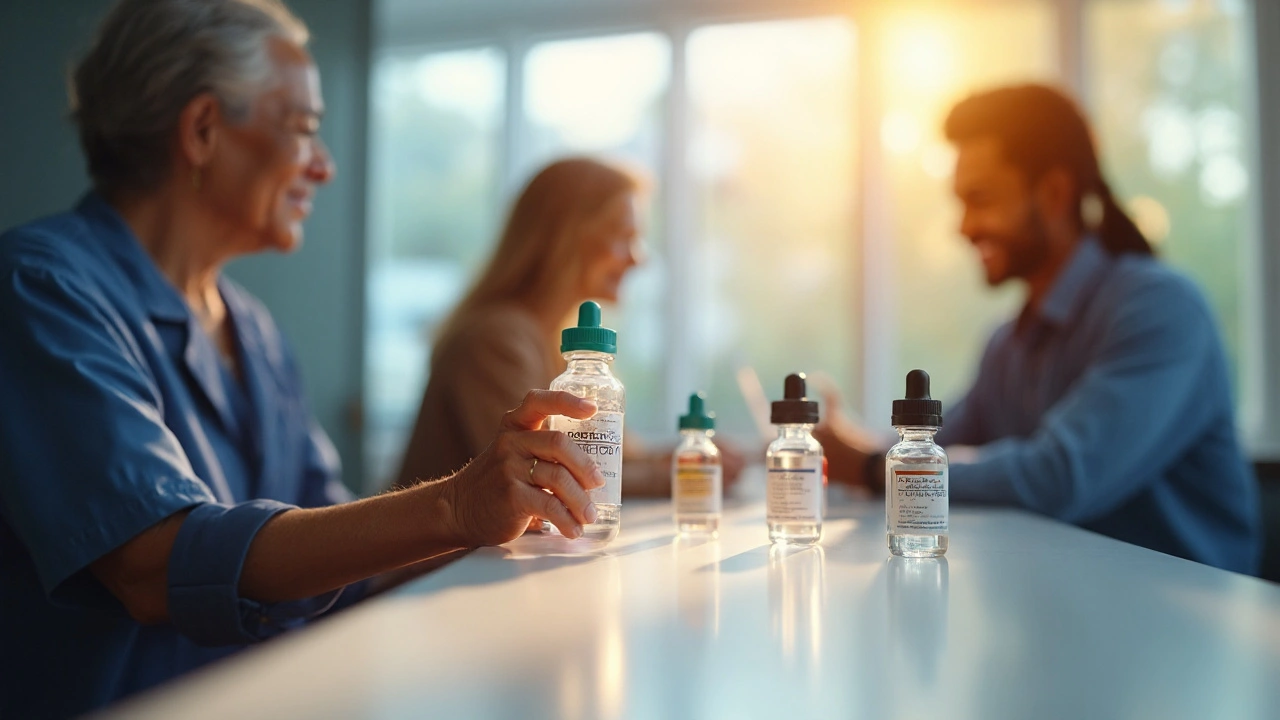
A practical comparison of Pred Forte (prednisolone) with other steroid and non‑steroid eye drops, covering potency, dosing, side‑effects and safety tips.
read moreElocon (Mometasone) vs Other Topical Steroids: A Practical Comparison
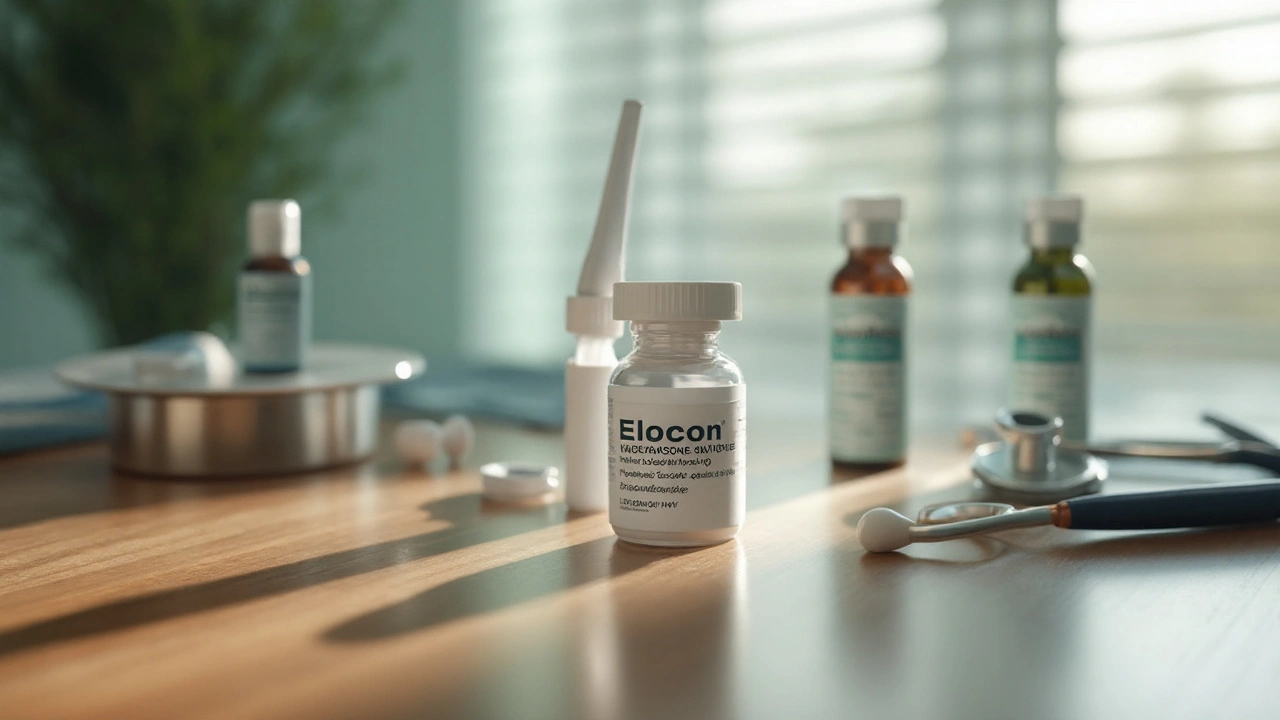
A detailed side‑by‑side look at Elocon (mometasone) and its common alternatives, covering potency, usage, cost and safety for skin conditions.
read more
